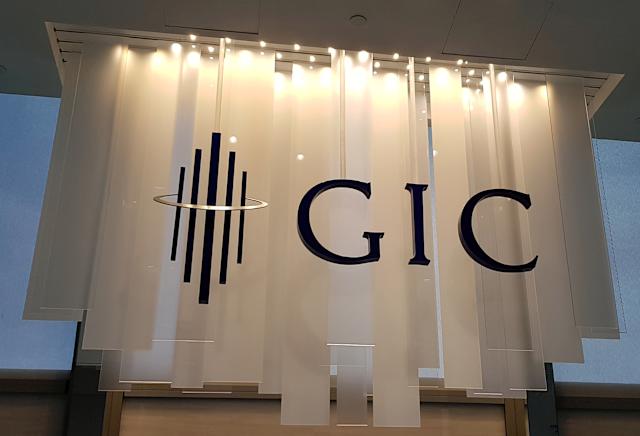GIC expects revenue from climate adaptation solutions to hit US$4 trillion by 2050
Global annual revenue from climate-adaptation solutions could grow from the present US$1 trillion to about US$4 trillion by 2050, assuming a base-case scenario in which global temperatures rise by 2.7 deg Celsius by 2100, according to a paper recently published by Singapore’s sovereign wealth fund GIC.
The estimated revenue comes from a set of 21 climate-adaptation solutions Singapore’s sovereign wealth fund has identified, out of a set of 1,400.
These 1,400 solutions were put through a screening process, in which those addressing the most likely or impactful physical hazards were prioritised; conversely, those that harmed other climate-mitigation objectives and were not commercially implementable were omitted.
Among the 21 climate-adaptation solutions the paper identified: weather-intelligence solutions that convert weather data into actionable insights for various industries and applications; wind-resistant building components that enhance resilience against storms and hurricanes; and flood-resistant construction materials designed to prevent flood damage.
The report estimates that half the projected US$4 trillion in revenue would be incremental revenue growth driven by global warming – a factor not widely incorporated into current industry forecasts.
The investment opportunities out of this selected set of climate-adaptation solutions are estimated to increase from US$2 trillion currently to US$9 trillion by 2050, the report said.
A third of the US$9 trillion would be the result of incremental growth driven by global warming.
The paper also estimated that the projected investment opportunities would differ by only 4 percentage points even in other scenarios, whether temperatures increase by 1.4 deg C by the end of the century, or if the energy transition fails and warming exceeds 4 deg C.
The report said: “This small variation arises because the anticipated differences in global warming across scenarios are minimal over the next 25 years, with the most divergence between scenarios expected to materialise in the second half of the century.
“This means investors can build conviction in climate adaptation without needing to predict the precise climate scenario that will unfold between now and 2050,” it added.
GIC expects revenues from climate-adaptation solutions in 2050 to exceed forecasts by 61 per cent in the base-case scenario, compared to one in which there is no further global warming beyond current conditions.
“This upside surprise stems from the challenge of translating climate science into long-term business implications. Most financial planning and analysis teams and sell-side analysts continue to rely on historical data for forecasting. This information gap creates a unique opportunity for long-term investors to invest in a space where company earnings may positively surprise as demand for climate-adaptation solutions grows,” said the report.
“The inevitable need for climate adaptation will fuel growth across both established and emerging solutions,” it added.
The report noted that climate adaptation has received comparatively less attention among investors, partly due to the perception that it is primarily the responsibility of national governments.
However, it noted that the private sector can play a role in strengthening economic and community resilience to physical climate risks.
Hence, companies offering adaptation solutions are emerging as a complementary and increasingly investible part of the broader climate response.
“Climate adaptation is becoming both an unavoidable necessity and a significant investment opportunity – one that investors can no longer afford to overlook,” said the report.
While climate mitigation remains a significant investment theme, climate adaptation warrants a fair share of attention from private-sector investors seeking long-term, risk-adjusted returns, the report added.





